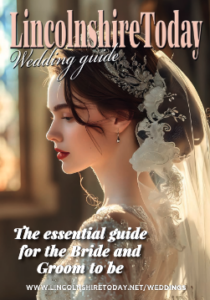Flowers have played a big part in romance for hundreds of years, and so will doubtless play just as big a part at a wedding. That said, there’s more to them than meets the eye.
The language of flowers, despite its complexity, is quite a famous and well-known one. Each flower has different meaning, and many have words associated to them. It’s possible to tell a story with the right combinations, or at the very least to create a strong thematic message for a wedding.

shutterstock.com / Alex Andrei
As with the rest of the big day, your floral requirements will doubtless be based on the formality of the event and the style of the outfit – whether you’re piling on the romance or after something a bit more relaxed.
Although almost anything goes, florists can offer valuable advice. The flowers you choose are entirely down to your personal tastes but don’t forget that if they’re not in season then the price may go up as the quantity and quality goes in the opposite direction.
The traditional wedding flowers are probably the formal posy – a compact, rounded arrangement that usually includes roses. The other traditional favourite is the large bouquet, usually that in an inverted teardrop shape with the flowers drawn down towards a point. It’s a classic style that has lasted for generations, although petite brides can sometimes find themselves slightly overwhelmed by its size.
A particularly popular choice these days is the freestyle bouquet, where long stemmed flowers are loosely tied together to create a look that is natural and informal but very pretty. You can pick virtually anything from the florists to use in this bouquet and it’ll look great both from a distance and in close-up form.
Choosing the flowers is another case where the expert can point you in the right direction and offer up a host of useful suggestions – but you’ll have great fun on the way to the final decision.

